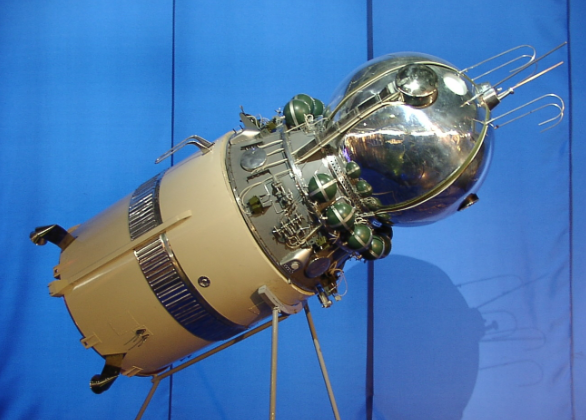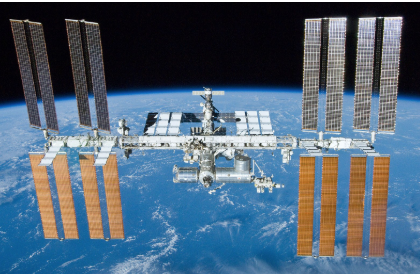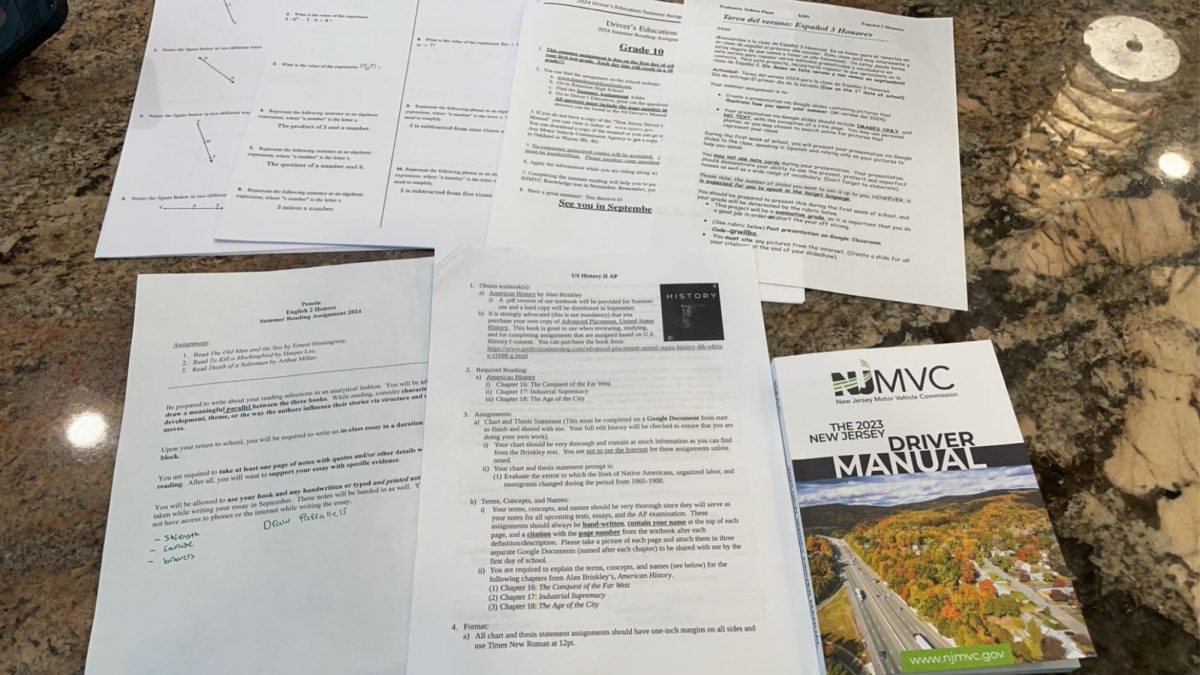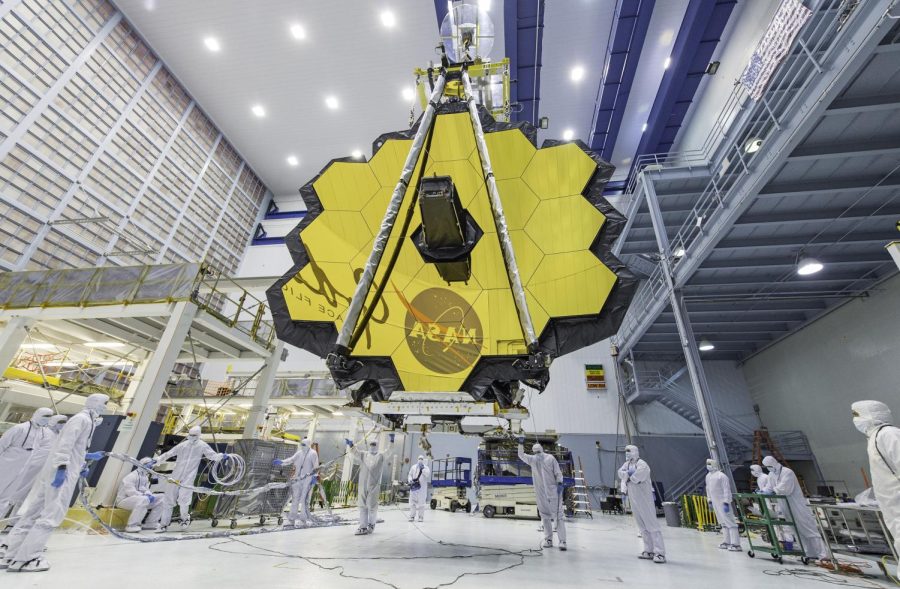
From fruit flies in space rockets to human-crewed space vessels, hands-on space exploration in an environment that could quickly kill without the right gear has grown substantially. One of the biggest improvements pertaining to in-space research is the presence of humans in space.
Yuri Gagarin, a Soviet pilot and cosmonaut, was the first person sent into space; however, the title of ‘first organism sent into space’ would have to be given to the mighty and intelligent, you guessed it: fruit flies, when they were sent on a U.S-launched V-2 rocket in 1947.
Nevertheless, Gagarin, as a part of the Vostok program (a Soviet-led human spaceflight project), aboard Vostok 1, completed a single orbit around Earth, before returning to Earth safely.
A month later, the United States, with its Project Mercury, sent Alan Shepard, an American astronaut, to space aboard Freedom 7, except this time, Shepard was controlling the spacecraft, becoming the first human-piloted space flight. Alan Shepard’s historic flight was also considered, by FAI (Fédération Aéronautique Internationale- the governing body for air sports) definitions, the first complete human spaceflight (since it was the first space mission to land with the pilot still in the spacecraft).
Fast forward to 2018, and humans have continuously been in space for almost 18 years!

The International Space Station.
On January 29, 1998, the 1998 Intergovernmental Agreement on Space Station Cooperation was signed by Acting Secretary of State Strobe Talbott of the U.S, along with representatives of Russia, Japan, Canada, and participating countries of the European Space Agency (Belgium, Denmark, France, Germany, Italy, the Netherlands, Norway, Spain, Sweden, Switzerland and the United Kingdom). Since then, the quartering of astronauts in the ISS has been continuous, with the ISS always having someone present in it since its inception.
As of now, the next steps of human presence in space would likely be the colonization of Mars. NASA has been planning and developing ways to get to the red planet for a few years now. However, due to budget cuts and the scientists of NASA needing to redesign a few instruments, human presence of Mars and the colonization of Mars might be pushed back past the 2030s.








